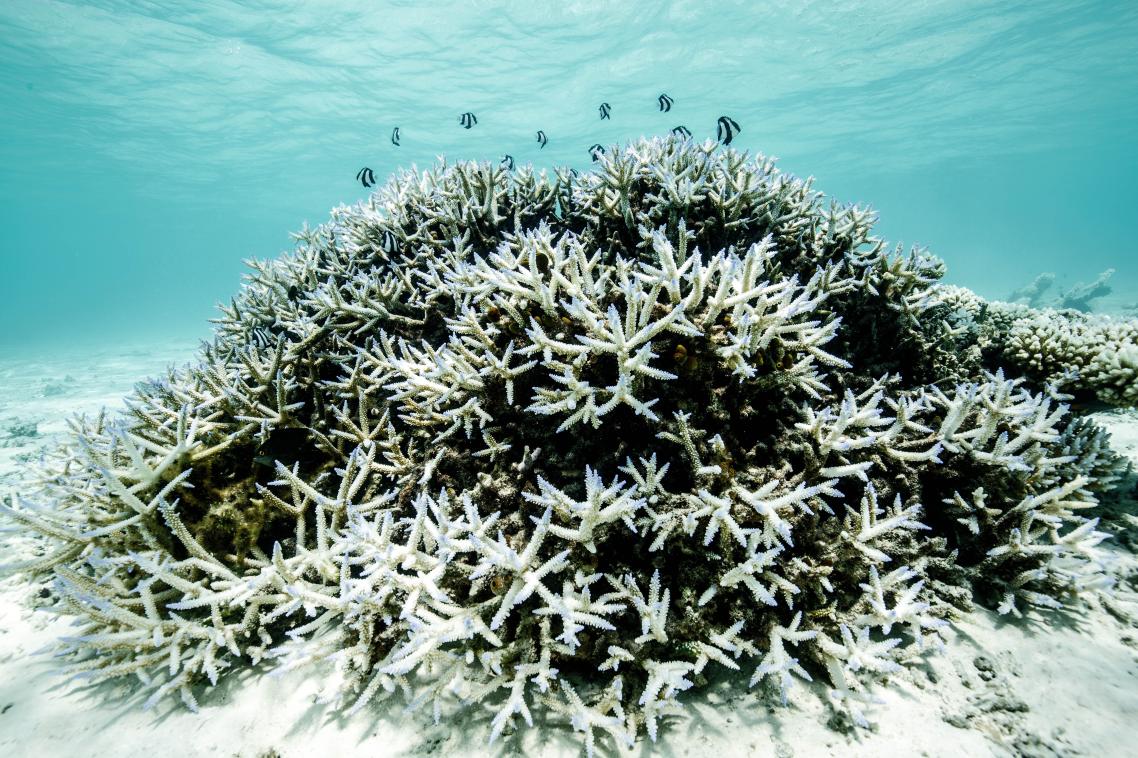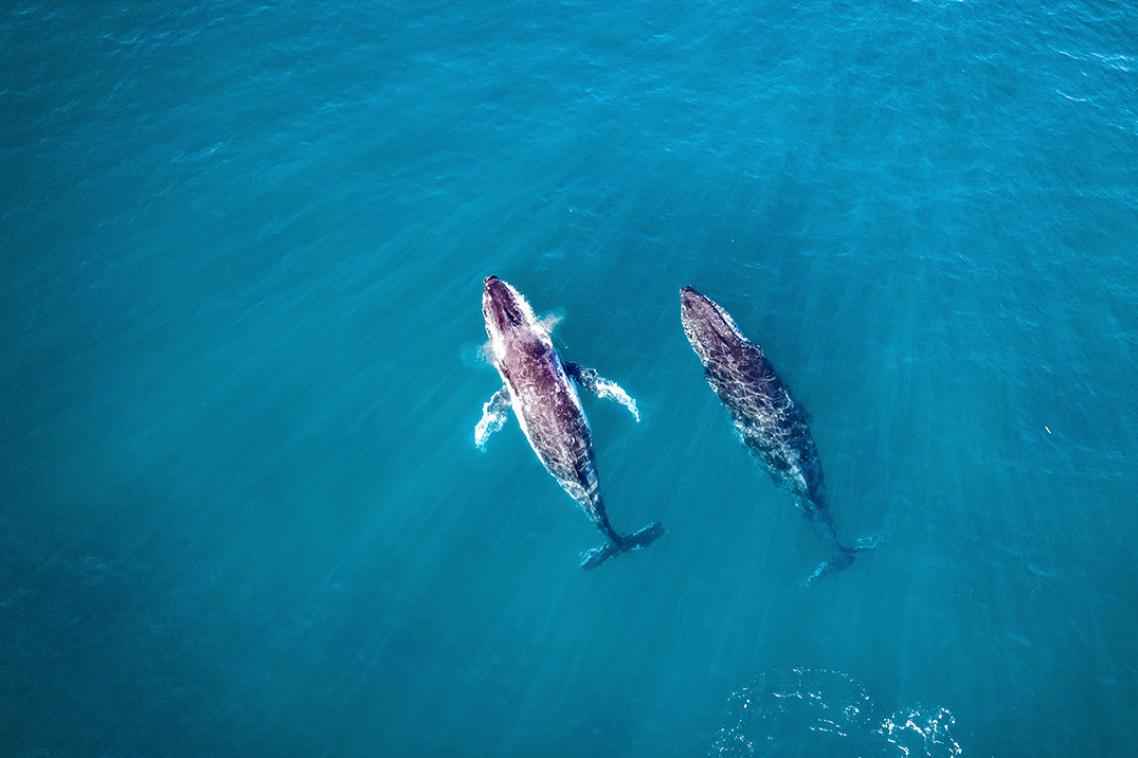Resilient reefs offer hope for regeneration

Just three per cent of the Great Barrier Reef’s corals may hold the key to regenerating reefs damaged after major disturbances, new research reveals.
Researchers from The University of Queensland, CSIRO, Australian Institute of Marine Science and the University of Sheffield have pinpointed 100 reefs that have the potential to supply larvae to almost half of the Great Barrier Reef’s ecosystem in one year.
UQ School of Biological Sciences and ARC Centre of Excellence in Coral Reef Studies Professor Peter Mumby said these reefs appeared to be less at risk of the damaging effects of bleaching and starfish predation.
“They are well connected to other downstream reefs by ocean currents and can provide coral larvae (fertilised eggs), which float on ocean currents, to support the recovery of other reefs,” Professor Mumby said.
The Great Barrier Reef, consisting of more than 3800 individual reefs, has suffered from unprecedented coral bleaching events over the past two years, and widespread outbreaks of coral-eating crown-of-thorns starfish.
Professor Mumby said the 100 reefs were located in consistently cool areas which rarely experienced damage from coral bleaching.
“Corals on these reefs should fare relatively well and be able to supply larvae to as many reefs as possible, without spreading the pest, crown-of-thorns starfish,” Professor Mumby said.
“Finding these 100 reefs is a little like revealing the cardiovascular system of the Great Barrier Reef.”
Professor Mumby said saving the Great Barrier Reef was possible but required serious mitigation of climate change and continued investments in water quality improvement, starfish control, and local protection.
“Our results can inform where management agencies target on-the-ground actions,” he said.
UQ School of Biological Sciences Dr Karlo Hock said the presence of these well-connected reefs meant the whole system of coral reefs possessed a level of resilience to help it bounce back from disturbances.
“Identifying only 100 reefs with this potential across the length of the entire 2300km Great Barrier Reef emphasises the need for effective local protection of critical locations, and carbon emission reductions to support this ecosystem,” Dr Hock said.
The study was published in PLOS Biology (doi 10.1371/journal.pbio.2003355) and funded by the National Environmental Science Programme, ARC Linkage grant, Queensland Accelerate Partnership, Great Barrier Reef Foundation, Science and Industry Endowment Fund, and the National Environmental Research Program.
Media: Professor Peter J. Mumby, p.j.mumby@uq.edu.au, +61 449 811 589 (Professor Mumby is in Manila but reachable by phone).
Related articles

Decades of surveys show whale migration shift

Thousands of Queensland reef photos lead to worldwide change
Media contact
UQ Communications
communications@uq.edu.au
+61 429 056 139
